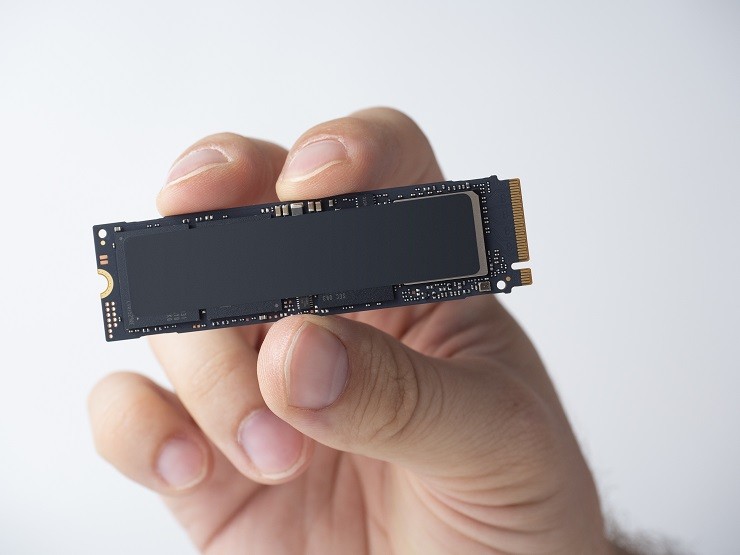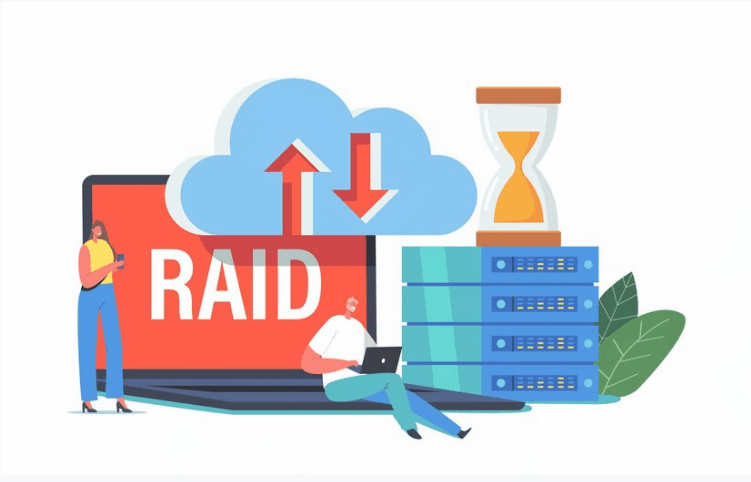SSD benefits can be substantial, but keep this in mind: an investment in high speed solid state drives (SSDs) is just like any other investment — it should be carried out with a view to maximizing the return on investment (ROI).
When you look at it like that the decisions about whether to invest in SSDs, how much SSD storage to buy, and where to deploy it become much easier: it becomes a matter of working out what course of action maximizes your SSD ROI. One way to do this is to think about investing in SSDs in the context of a portfolio.
A financial portfolio will often contain a mixture of cash, stocks and bonds, and its exact make up will depend on the investor’s attitude to risk versus return, as well as the need for income and other factors.
You can think of an enterprise’s storage portfolio as something similar: it will usually consist of some combination of tape, hard disk drive (hdd) and SSD storage, and its exact make up will depend on the enterprise’s need for storage capacity and the storage requirements of the applications it runs.
But, crucially, the makeup of an enterprise’s storage portfolio also depends on the financial resources it has at its disposal. That’s because if the storage budget were unlimited (or, put another way, if all storage was free to buy and operate) then running an all SSD environment would be a no-brainer.
Software Defined Storage Key To SSD Benefits
So going back to a financial portfolio, one of the key decisions an investment manager needs to make is about asset allocation. What that comes down to is this: how much of the portfolio should be allocated to stocks, how much to bonds, and how much left in cash. Each asset class has its own risk and return characteristics, and changing the mix of three types of assets effects the risk and return profile of the portfolio as a whole.
Something similar is true with a storage portfolio. One of the key decisions you need to make is how much storage should be allocated to SSD, how much to HDD and how much to tape. Each storage medium has its own performance and cost characteristics, and the mix of each storage type effects the profile for the storage portfolio as a whole.
To maximize your SSD ROI you need the flexibility to change your asset allocation as your requirements, prices and the performance of storage devices change, and the way to get that is through software defined storage (SDS), according to Mark Lewis, a former CTO of EMC and GM of HP Storage who is now CEO of storage software startup Formation Data Systems.
He argues that SDS provides the storage agility required to add SSD resources to whichever applications can benefit from them the most at any given time – helping to maximize SSD ROI – and since SSDs can be installed in commodity hardware (rather than specialized arrays) that also helps improve SSD ROI.
In fact it is SDS that enables storage to be treated as a single portfolio (or “pool”) of different storage assets rather than as a collection of disparate and sometimes incompatible devices.
For companies yet to invest in SSDs, Lewis adds that software defined storage can also help SSD ROI by insulating buyers from the need to deal with new vendors selling hardware that may be incompatible with their existing storage systems.
“Flash shouldn’t be disruptive because it is just a new technological development and a good storage architecture should make that transparent,” he says. “So with software defined storage there is no discontinuity – you don’t need to deal with new vendors and learn to use new hardware to take advantage of flash.”
Internal Markets To Boost SSD ROI
Before you can tackle the problem of storage asset allocation you need to have a clear idea of the monetary value to your organization of better storage performance for specific applications.
Let’s go into the issue in a little more detail. It may be desirable for a particular application to run on faster storage. But unless you can articulate how desirable that is by figuring out what the financial benefit would be over a fixed timeframe – if the storage performance were x% faster or y% faster – you can’t calculate whether it is worth making the investment in SSDs needed to achieve an x% or y% performance gain.
The other side of the equation is the amount that needs to be invested in SSDs over that time frame to achieve an x% or y% performance gain. It’s only then that you can calculate SSD ROI. The cost of SSDs themselves is obviously important, but the total cost of ownership (TCO) over the time period is actually what’s relevant. This includes the purchase cost of the SSDs themselves, but other factors that need to be taken in to account include:
· Power consumption – SSDs consume less power and require less cooling than HDDs, and a relatively small number of individual SSDs may replace a large number of short-stroked HDDs.
· Array or other enclosure costs – SDDs have tended to be lower capacity than HDDs in the past, resulting in higher rack space requirements per gigabyte stored than HDDs unless short stroking is being employed. (That is becoming less of an issue because SSDs now have capacities on a par with HDDs, although they are very expensive.)
· Warranty Costs (See Below)
· Savings from reallocating HDDs – drives that have been replaced by SDDs can sometimes be redeployed to other storage duties, obviating the need to purchase new disks. (It’s worth noting that if HDDs have been short stroked to provide higher performance then the storage capacity that has been freed up will be magnified if the drives are subsequently deployed without short stroking.)
Jim Handy, an analyst at Objective Analysis, points out that the Storage Networking Industry Association (SNIA) has a useful tool dating back to 2009 that can help you work out which of your applications can get you the biggest SSD ROI.)
SSD ROI And Timing
Another factor to think about when looking to maximize SSD ROI is when to make an SSD investment. With a financial portfolio you look to make investments when prices are weak, but with the expectation that they will rise. But SSD storage prices fall over time, so in theory the longer you delay making SSD purchases the lower the cost, and therefore the higher your SSD ROI.





